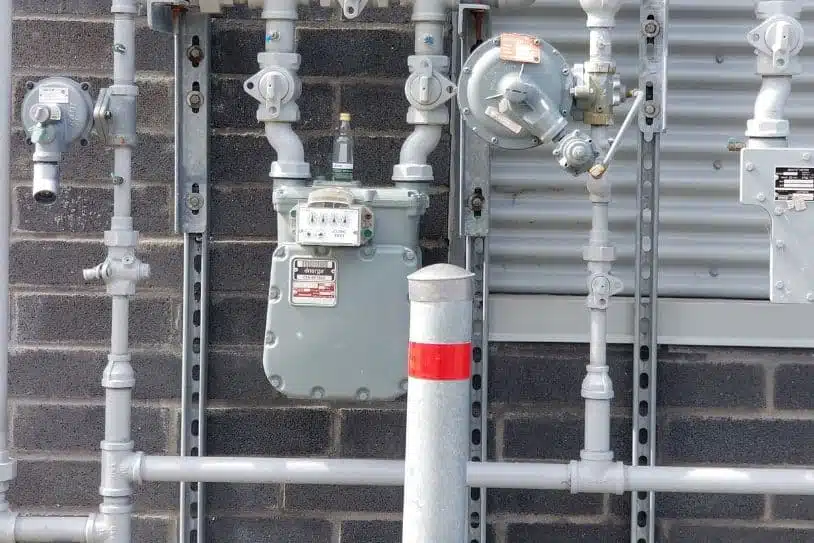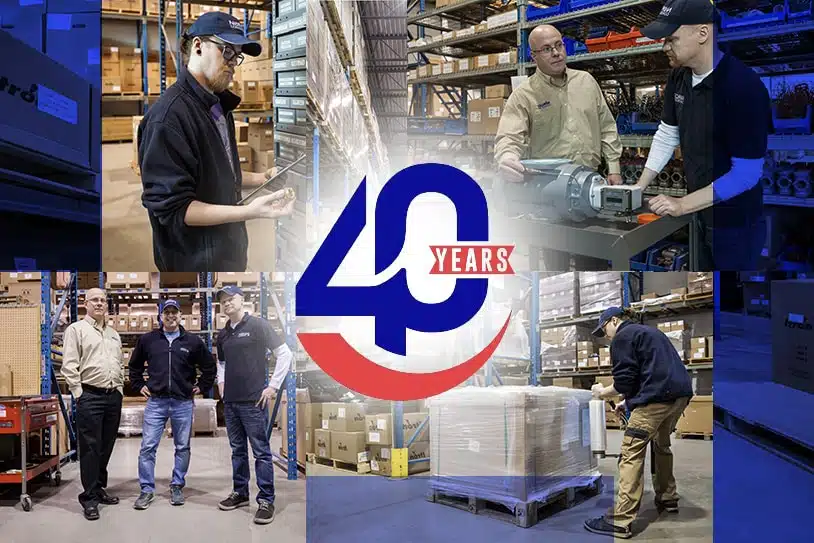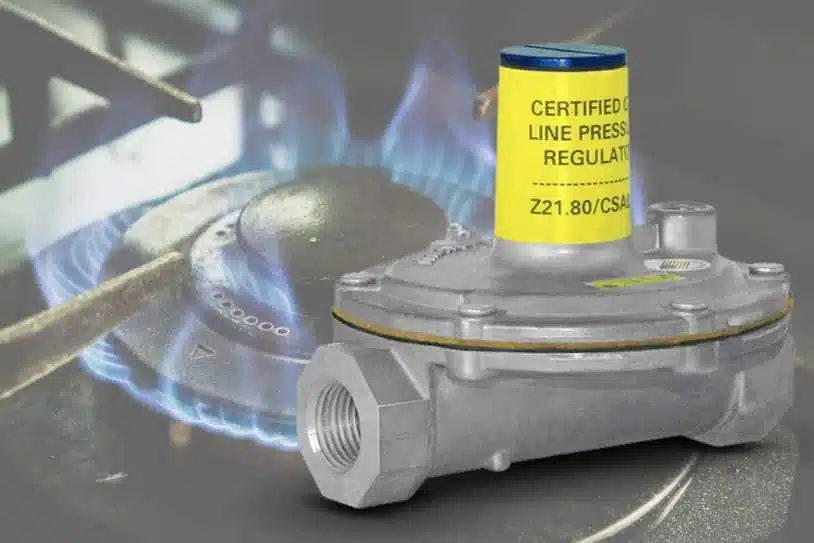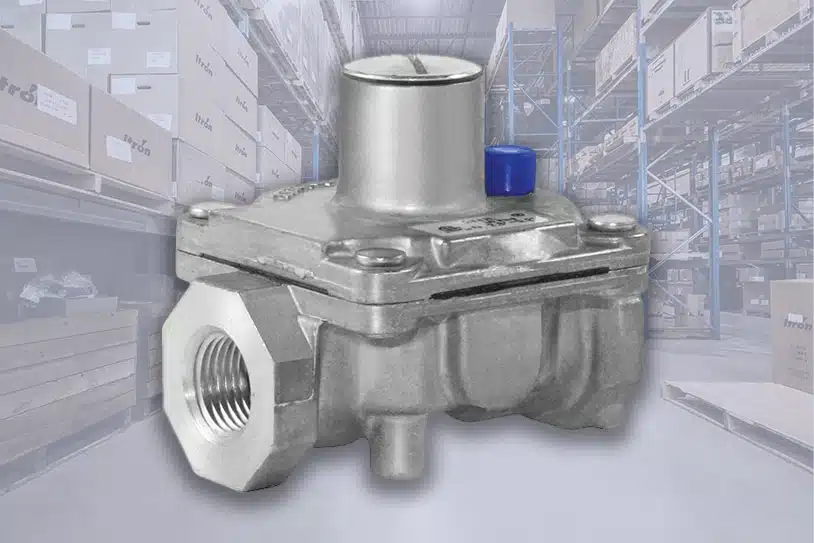Diaphragm Gas Meter Installation Tips

Gas meters are an essential part of a natural gas network, providing accurate consumption data for efficient energy management. This article deals with the installation of diaphragm gas meters, one of the most widely used meters due to its accuracy and consistency in environments with low or medium gas flow.
It is essential to remember that gas meters should only be installed by certified professionals due to the potential risk of gas leaks and the need for precise calibration. The information contained herein is meant to inform your conversations with your installation team and does not endorse installations carried out by uncertified personnel.
Pre-installation Considerations
Before beginning the installation process, it’s essential to carry out a meticulous assessment of the property to identify any potential problems and ensure that the installation is compliant. This process includes assessing the property’s gas requirements, studying the building’s layout, and identifying any hindrances that could affect the diaphragm gas meter installation. This preliminary step is crucial to anticipate any necessary adjustments or modifications and to ensure the seamless integration of the meter into the property’s existing infrastructure.
For a proper installation, make sure the location for the meter is safe, accessible and meets local building codes. Ensure that the gas meter is installed in a well-ventilated area, at least one meter away from any ignition or heat source. It should be easily accessible for reading, inspection, maintenance and replacement.
In addition to the installation criteria, the gas meter must meet the requirements of your application, and the gas service line must be correctly sized. Verify the Maximum Allowable Working Pressure (MAWP) and flow capacity marked on the meter badge. Also confirm the temperature range in which the meter will operate, ensuring that it is not below -30°F (-34°C) or above 120°F (49°C), as diaphragm meters are not recommended for use outside this range.
Learn more about what you need to consider when selecting a gas meter.
Installation Process
Before installing your diaphragm gas meter, ensure that the service lines have been cleared to prevent dirt, debris, or liquids from being carried into the meter when the gas is flowing. This is the number one reason for problems that arise during startup.
Install the gas meter as close to level as possible, and make sure it is not at a low point where liquids could be trapped. The meter must be properly supported to avoid excessive stress on the meter housing and connecting pipe. The meter’s flow direction must correspond to the arrow on the meter body. We always recommend installing a filter or strainer on the inlet side of the meter to protect it from possible gas supply contaminants.
While connecting the meter to the service line, ensure that the swivel flanges are in the same plane and are not strained when the nuts are tightened. Connection washers should be placed on each swivel pilot, and the connection nuts should be tightened to the appropriate torque for the connection size without over-tightening. The meter should never be in contact with soil, mulch, or concrete walls as these can cause premature corrosion and potential gas leaks.
Safety Measure and Leak Detection
It is essential to carry out safety checks immediately after installation. These include ensuring that all connections are secure and that there are no signs of gas leaks. In addition, verify that the ventilation around the diaphragm gas meter is correct to avoid gas accumulation, which can lead to hazardous conditions.
To prevent any damage to the meter’s internal components, avoid high differential pressure across the meter. Crack open the upstream and downstream valves very slowly, and progress to ¼ open position over a period of ten seconds or more depending on the pressure systems, avoiding any pressure surges into or out of the meter. Especially in high-pressure systems, it is recommended to pressurize the meter with the inlet valve to ensure the meter runs forward, preventing any potential damage due to a Reverse Stop.
After completing the gas meter installation, cautiously turn on the gas supply and apply a soap solution to every joint to check for leaks. Any indication of a leak, such as the smell of gas or the presence of bubbles, should be attended to immediately, and corrective actions should be undertaken to rectify any leaks and avoid potential dangers associated with gas leakage.
Testing and Calibration
After installation and initial safety checks, the first meter reading is recorded. This initial reading serves as a reference for monitoring gas consumption and detecting any anomalies in the readings. It is crucial to ensure that this initial reading is accurately documented to facilitate effective monitoring and management of gas consumption over time.
Run a gas-consuming appliance and double-check the meter reading to confirm the accuracy of the meter. The difference in the readings should correspond to the expected gas consumption of the appliance. If discrepancies are noted, recalibration may be required to rectify inaccuracies and ensure precise readings, fostering effective energy management and billing.
Regular Maintenance and Inspections
Conducting regular maintenance checks is essential for maintaining the integrity of the meter. The frequency of these check-ups depends on local regulations and manufacturer recommendations. Typically, periodic assessments every six to twelve months are advisable to identify and rectify any issues promptly, ensuring the continual safe and efficient operation of the meter.
Whether installed indoors or outdoors, protect the meter from corrosion by means of electrical insulation and other preventive measures. Regular assessments and protective measures are essential to maintain the longevity and reliability of your diaphragm gas meter.
Routine leak inspections are a critical component of maintenance. Regularly checking the connections and employing leak detection methods help in early identification of any leakages. Timely detection and rectification of leaks are crucial to prevent gas wastage and mitigate safety risks associated with gas leaks. Given that natural gas’s primary component, methane, is a potent greenhouse gas, effective metering and management of natural gas consumption are crucial to minimizing emissions and environmental impact.
Conclusion
Diaphragm gas meter installation in residential and light commercial applications must be carried out by certified professionals and in accordance with the requirements of local building codes and the manufacturer. This detailed process includes pre-installation assessments, actual installation, immediate safety checks and regular maintenance. Each step is essential to prevent risks and ensure the meter’s longevity and reliability.
Norgas supplies contractors and specifiers with diaphragm gas meters from leading brands. Our experts can help you choose the right meter for your installation. In addition to meters, we also offer a vast selection of gas regulators, gas valves and accessories. Contact us for more information.





